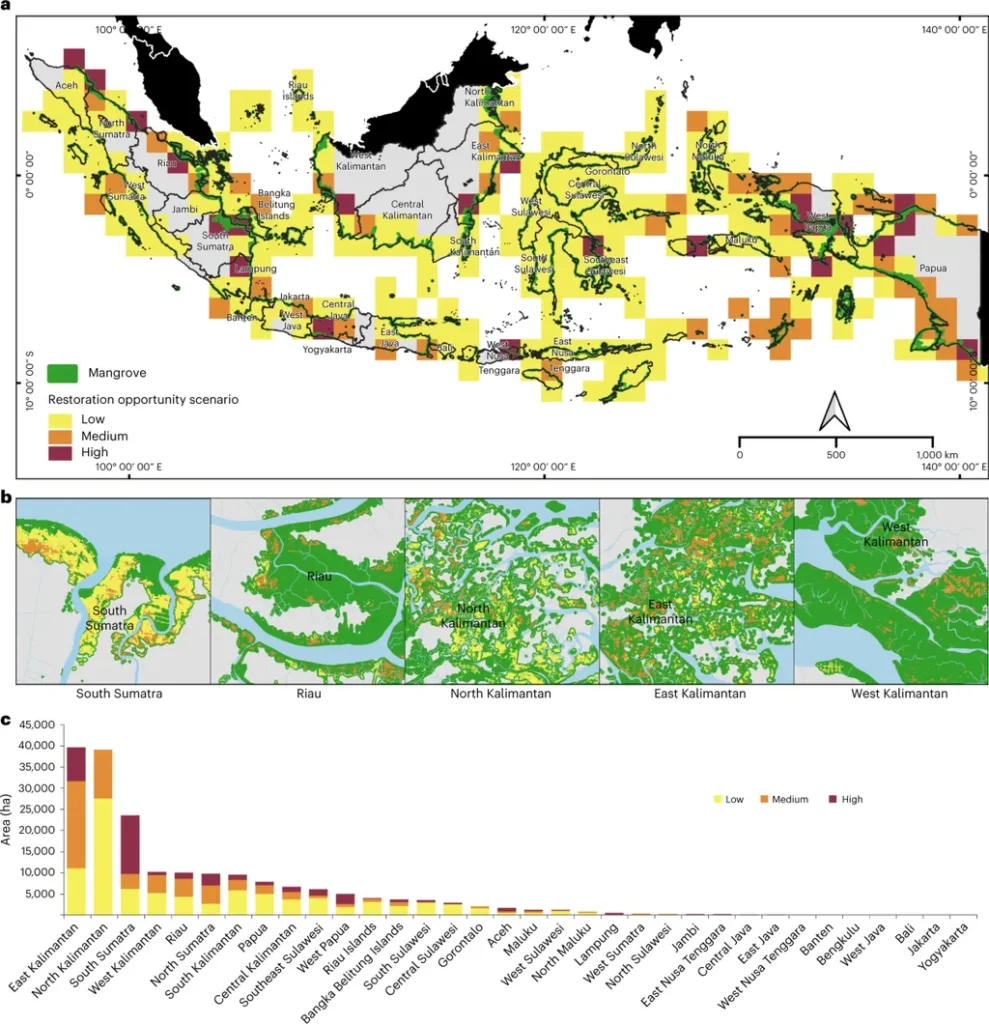In the heart of East Java, Indonesia, a groundbreaking study is reshaping the future of pangasius aquaculture, offering a blueprint for sustainable expansion that could reverberate through global markets. Led by Asro Nurhabib, a researcher from the Doctoral Program at Universitas Brawijaya’s Faculty of Fisheries and Marine Science, this innovative approach combines Geographic Information Systems (GIS) and the Analytical Hierarchy Process (AHP) to identify optimal sites for pangasius farming in Tulungagung Regency.
The demand for pangasius in Tulungagung Regency is staggering, with exports ranging from 300,000 to 400,000 tons annually. However, unchecked expansion poses significant risks to the environment and existing land uses. Nurhabib’s research addresses this challenge by providing a data-driven framework for sustainable development. “Our goal was to create a tool that balances the need for aquaculture expansion with the preservation of other land uses and environmental integrity,” Nurhabib explains.
The study, published in *Jurnal Ilmiah Perikanan dan Kelautan* (Journal of Fisheries and Marine Science), reveals that 59% of Tulungagung Regency—spanning 976,885.71 hectares—is suitable or highly suitable for pangasius aquaculture. This finding is a game-changer for the industry, offering a roadmap for efficient and environmentally responsible growth. The research highlights the critical role of water quality, soil conditions, and infrastructure in determining land suitability. By integrating these factors, the GIS-based model provides a comprehensive assessment that can guide policymakers and investors toward sustainable decisions.
Nurhabib’s work underscores the importance of sustainable planning. “We need to ensure that aquaculture expansion does not come at the expense of agriculture, settlements, or natural ecosystems,” he emphasizes. The study’s findings could influence future developments in the field, promoting a more balanced approach to aquaculture that prioritizes long-term viability over short-term gains.
The commercial implications of this research are profound. By identifying optimal sites for pangasius farming, the study could attract investment, boost local economies, and enhance global supply chains. The GIS-based model serves as a powerful policy tool, enabling stakeholders to make informed decisions that align with both economic and environmental goals. As the demand for pangasius continues to grow, this research offers a pathway to meet market needs while safeguarding the resources that underpin the industry’s success.
In an era where sustainability is paramount, Nurhabib’s work stands as a beacon of innovation. By harnessing the power of technology and data, this research is paving the way for a future where aquaculture thrives in harmony with the environment. As the world grapples with the challenges of feeding a growing population, studies like this one offer hope and a roadmap for responsible growth.

